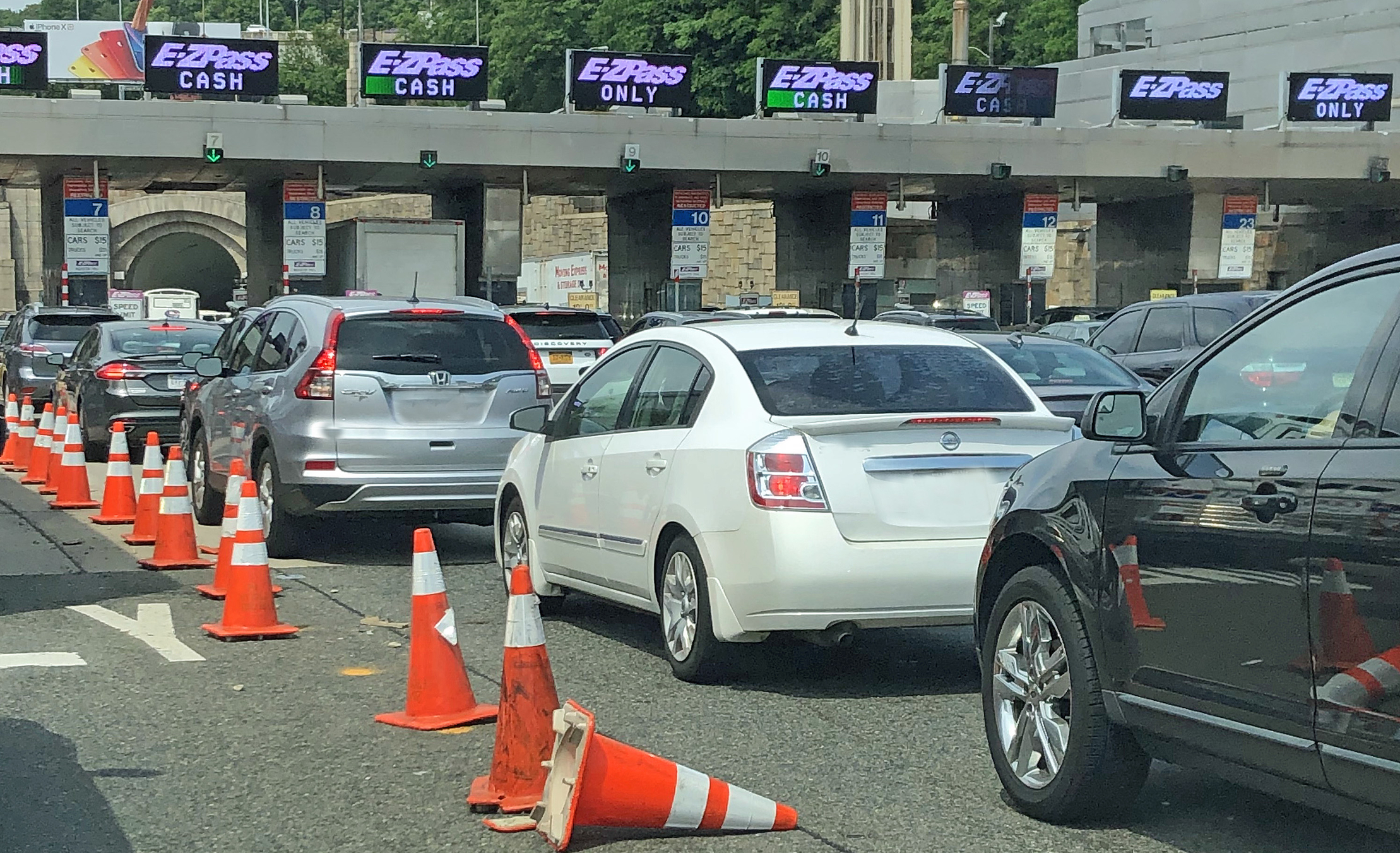NEW YORK CITY — That didn’t take long. The “We’re for the middle class” Democrats in New York have thrown out their election season costumes and are back to being tax and spend Democrats. This time, there’s a deadline. U.S. President Donald Trump takes office on January 20th, so this has to be a done deal before that. Trump has often criticized the plan as being unfair to commuters entering New York City.
Governor Kathy Hochul announced Thursday that New York City’s controversial congestion pricing program will launch on January 5, 2025, hitting drivers with a $9 toll to enter Manhattan’s Central Business District (CBD) below 60th Street. Framed as a plan to reduce traffic and fund public transit, critics argue it is yet another financial burden on drivers already grappling with some of the nation’s highest tolls, taxes, and living costs.
“By cutting the proposed $15 toll to $9, we are saving drivers up to $1,500 annually,” Hochul claimed, though the plan still comes on top of existing tolls for bridges and tunnels that can already cost commuters upwards of $16 per trip. For many drivers, this new fee feels like a tax disguised as progress. Critics have also pointed out that suburban residents with few viable transit options will bear the brunt of the costs, while Manhattanites — who enjoy the most transit access — are largely unaffected.
The funds generated from the tolls, expected to total $15 billion, are earmarked for the MTA’s 2025-2029 Capital Plan, which includes the long-delayed Second Avenue Subway extension and improvements to commuter rail systems. Hochul directed the MTA to find $100 million in annual savings while promising transit upgrades like faster subway service and expanded bus routes. However, skeptics question whether the notoriously inefficient agency can manage such massive investments without significant waste or delays.
Business owners, particularly in outer boroughs and Manhattan neighborhoods like Hell’s Kitchen, have expressed alarm over the toll’s potential economic fallout. Delivery costs are expected to rise, and restaurant owners fear fewer customers will drive into the city. “This is just another way to discourage people from coming to Manhattan,” one business owner said, warning that it could hit small businesses already struggling in a post-pandemic economy.
Despite these concerns, Hochul has framed the program as a win for the environment and public transit. But for many drivers, the plan feels like another cash grab. With tolls piling onto an already high cost of living, the congestion pricing initiative has sparked sharp criticism as an inequitable tax that disproportionately impacts middle-class and working-class commuters.
As drivers brace for the rollout, the toll’s economic and social impact remains to be seen, leaving many questioning whether the promised transit improvements will truly justify the cost.

